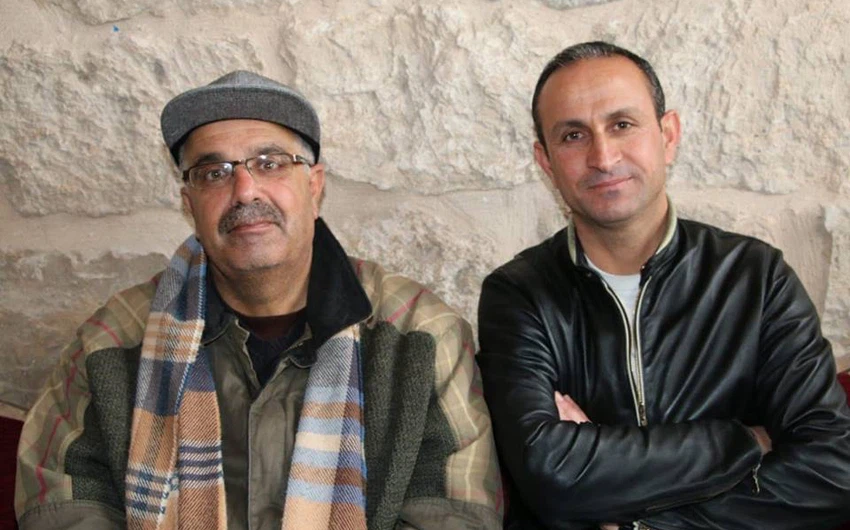The opening of the longest archaeological water tunnel in the city of Jadara - Umm Qais in northern Jordan
<p style=";text-align:left;direction:ltr">Celebrated in the ancient city of Jadara - Umm Qais in northern Jordan, the rehabilitation of the "Diakapolis Tunnel", which is the longest archaeological water tunnel in the ancient world, which was implemented by the Jordanian Yarmouk University and in cooperation with the Jordanian Department of Antiquities.</p><p style=";text-align:left;direction:ltr"> Where maintenance, restoration and rehabilitation works were carried out for the part that passes under the ancient city of Jadara, with a length of 424 meters, in order to meet the city’s public and private water needs, which led to the interest of Hellenistic and Roman engineering in the multiple water systems of water channels and tunnels, when an underground channel was established in the Hellenistic period. By using the Hellenistic water system, a 30-km-long tunnel was built. The project aims to introduce a new type of tourism to the site, which is adventure <span>tourism.</span></p><p style=";text-align:left;direction:ltr"> <u><span>It is worth noting that this tunnel is the largest Roman water system in the world</span></u> <span>, as it covers 94 km underground from Syria to Jordan. In Italy. The Romans began constructing the tunnel in the second century AD when the Roman Emperor "Hadrian" ordered its construction in the year 130 AD, and work on it continued for more than eighty non-continuous years.</span> Umm Qais, and that the aim of its establishment is to link the cities of the Decapolis, which are located in the vicinity of the Yarmouk River basin, with a water channel to provide the necessary water for these cities for drinking and agricultural purposes, and to transfer water between the cities of the Decapolis, and to collect rain water and to increase human settlement in that region, noting that 80% of Parts of the tunnel were demolished by the statute of limitations, earthquakes, and earthquakes.</p>
Arabia Weather App
Download the app to receive weather notifications and more..








